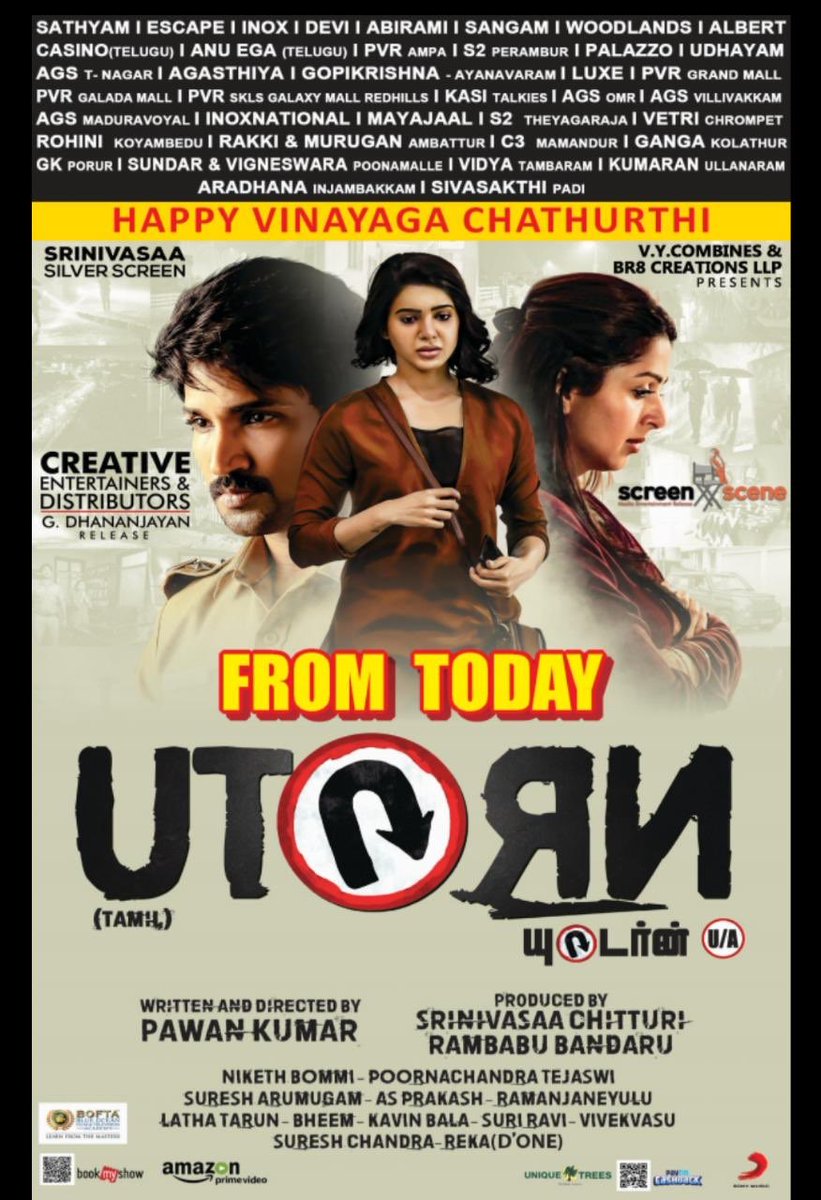Movie Rules: The Ultimate Guide To Navigating The Film World
Ever wondered what makes a movie stand out from the crowd? The truth is, there’s more to filmmaking than just pointing a camera and hitting record. Movie rules are the backbone of the industry, shaping everything from scriptwriting to post-production. Whether you’re an aspiring filmmaker or just a movie enthusiast, understanding these unwritten (and sometimes written) rules can change the way you watch films forever.
Think about it. Every film you love has a reason behind its success. It’s not all magic or luck. There’s a formula, a blueprint if you will. These rules help directors, writers, and producers create masterpieces that captivate audiences worldwide. So, buckle up because we’re diving deep into the world of movie rules, uncovering secrets that even Hollywood doesn’t want you to know!
Now, I know what you’re thinking. “Are these rules set in stone?” Well, not exactly. Like any art form, filmmaking allows for creativity and experimentation. But ignoring these rules altogether can lead to disaster. Let’s explore how these guidelines work and why they matter. Ready? Let’s go!
Read also:Camilla Araujo Viral Nude The Untold Story Behind The Headlines
Understanding the Basics: What Are Movie Rules?
Movie rules are essentially guidelines that filmmakers follow to ensure their work resonates with audiences. These rules cover everything from storytelling techniques to visual aesthetics. They’re not hard-and-fast laws, but rather best practices that have been refined over decades of cinematic history.
For instance, one fundamental rule is the three-act structure. It’s like a recipe for a perfect film. Act one sets up the story, act two develops it, and act three delivers the resolution. Simple, right? Yet, it’s this simplicity that makes it so powerful.
Why Do Movie Rules Matter?
Movie rules matter because they provide structure. Without them, films would lack coherence and direction. Imagine watching a movie where the plot jumps around randomly with no clear beginning, middle, or end. It would be chaos! These rules help filmmakers create a narrative that keeps viewers engaged from start to finish.
Moreover, movie rules ensure consistency in visual and audio elements. From lighting to sound design, every aspect of a film must align with the overall vision. This consistency creates an immersive experience for the audience.
Key Movie Rules Every Filmmaker Should Know
So, what are some of these key movie rules? Let’s break them down:
- Rule of thirds: This is a composition technique that divides the frame into nine equal parts. Placing key elements along these lines creates a visually appealing shot.
- Show, don’t tell: Instead of relying on dialogue to convey emotions, use visuals and actions. This makes the story more engaging and memorable.
- Conflict is king: Every great story revolves around conflict. Whether it’s man vs. nature, man vs. society, or man vs. himself, conflict drives the narrative forward.
- Know your audience: Different audiences have different tastes. Understanding who you’re making the film for helps tailor the content to their preferences.
These rules might seem basic, but they form the foundation of successful filmmaking. Ignoring them can lead to a film that feels disjointed or uninteresting.
Read also:Samantha Deering Age Unveiling The Life And Times Of A Rising Star
Breaking the Rules: When It Works and When It Doesn’t
While following movie rules is important, sometimes breaking them can lead to groundbreaking results. Take Quentin Tarantino’s films, for example. He often disregards traditional narrative structures, yet his movies are celebrated for their unique storytelling.
However, breaking rules just for the sake of it usually backfires. Without a solid understanding of the rules, filmmakers risk creating something that feels amateurish or confusing. It’s like trying to reinvent the wheel without knowing how the original works.
The Importance of Movie Rules in Modern Cinema
In today’s fast-paced world, movie rules are more important than ever. With the rise of streaming platforms and the decline of traditional theaters, filmmakers face increasing pressure to produce content that stands out. Adhering to these rules helps ensure that films remain relevant and engaging.
Moreover, movie rules play a crucial role in global storytelling. As films reach wider audiences across different cultures, these guidelines help bridge gaps and create universal appeal. A well-crafted film can transcend language and cultural barriers, resonating with viewers worldwide.
How Technology Has Changed Movie Rules
Technology has revolutionized the film industry, introducing new tools and techniques that have redefined movie rules. CGI, motion capture, and virtual reality have expanded the possibilities of storytelling, allowing filmmakers to create worlds that were once unimaginable.
However, with these advancements comes the responsibility to use them wisely. Over-reliance on technology can detract from the human element of filmmaking. The best films strike a balance between innovation and authenticity.
Movie Rules and Audience Engagement
Audience engagement is at the heart of movie rules. After all, what’s the point of making a film if no one watches it? These rules help filmmakers create content that resonates with viewers on a personal level.
One effective way to engage audiences is through emotional connection. Films that evoke strong emotions—whether it’s laughter, tears, or fear—are more likely to leave a lasting impact. This is why genres like drama, horror, and comedy continue to thrive.
Building Suspense and Anticipation
Suspense is a powerful tool in a filmmaker’s arsenal. By creating moments of tension and uncertainty, filmmakers can keep audiences on the edge of their seats. Techniques like foreshadowing, red herrings, and cliffhangers are all part of the movie rulebook for building suspense.
Take the classic film “Jaws” for example. Steven Spielberg masterfully builds suspense by withholding the sight of the shark for most of the movie. This technique keeps viewers guessing and heightens their anticipation.
Movie Rules in Different Genres
Movie rules vary depending on the genre. What works for a romantic comedy might not work for a sci-fi epic. Understanding these genre-specific rules is essential for creating successful films.
For instance, action films often rely on high-octane sequences and explosive visuals. In contrast, dramas focus more on character development and emotional depth. Each genre has its own set of conventions that filmmakers must adhere to—or cleverly subvert—to create something truly special.
Adapting Movie Rules Across Cultures
Cultural differences also influence movie rules. What’s considered entertaining in one country might be seen as boring or offensive in another. Filmmakers must be aware of these cultural nuances to create films that resonate globally.
For example, Japanese anime follows a unique set of rules that differ from Western animation. These differences in style and storytelling reflect the cultural values and preferences of the audience.
Case Studies: Movies That Mastered the Rules
Let’s take a look at some films that have mastered the art of following movie rules:
- “The Godfather”: A perfect example of character-driven storytelling and conflict resolution.
- “Inception”: A mind-bending masterpiece that adheres to the rules of complex plotting and world-building.
- “Parasite”: A film that cleverly blends genres while maintaining a strong narrative structure.
These films prove that following movie rules doesn’t mean sacrificing creativity. On the contrary, it enhances it.
Lessons Learned from Failed Films
Of course, not every film is a success. Some fail miserably despite having big budgets and star-studded casts. These failures often stem from ignoring movie rules or misunderstanding the audience.
Take “Cutthroat Island” for example. Despite its promising premise, the film flopped at the box office due to poor execution and lack of audience engagement. It serves as a cautionary tale for filmmakers everywhere.
Future Trends in Movie Rules
As technology continues to evolve, so too will movie rules. Virtual reality, augmented reality, and AI-driven storytelling are just a few of the trends shaping the future of cinema.
However, one thing remains constant: the need for compelling storytelling. No matter how advanced the technology, a film’s success ultimately depends on its ability to tell a good story. This is why movie rules will always be relevant.
Preparing for the Next Wave of Innovation
Filmmakers must stay ahead of the curve by embracing new technologies while staying true to the core principles of filmmaking. This means balancing innovation with tradition, experimentation with discipline.
The future of cinema is bright, filled with endless possibilities. By mastering movie rules and adapting to changing trends, filmmakers can continue to create films that captivate and inspire audiences worldwide.
Conclusion: Embrace the Rules, Break the Mold
In conclusion, movie rules are the foundation of successful filmmaking. They provide structure, consistency, and guidance for creating films that resonate with audiences. However, they’re not meant to stifle creativity. On the contrary, they offer a framework within which filmmakers can experiment and innovate.
So, whether you’re a seasoned filmmaker or a budding enthusiast, remember this: embrace the rules, but don’t be afraid to break the mold. After all, the best films are those that push boundaries while staying true to the art of storytelling.
Now, it’s your turn. Share your thoughts in the comments below. What movie rules do you think are most important? And which films do you believe have mastered them? Let’s keep the conversation going!
Table of Contents
- Understanding the Basics: What Are Movie Rules?
- Key Movie Rules Every Filmmaker Should Know
- The Importance of Movie Rules in Modern Cinema
- Movie Rules and Audience Engagement
- Movie Rules in Different Genres
- Case Studies: Movies That Mastered the Rules
- Future Trends in Movie Rules
- Conclusion: Embrace the Rules, Break the Mold
Article Recommendations


